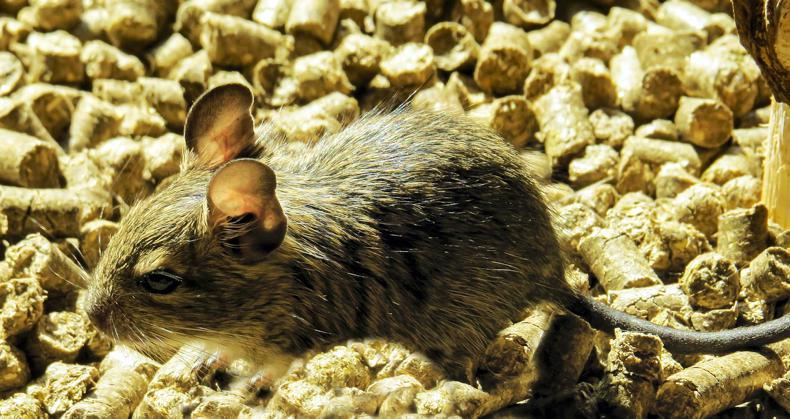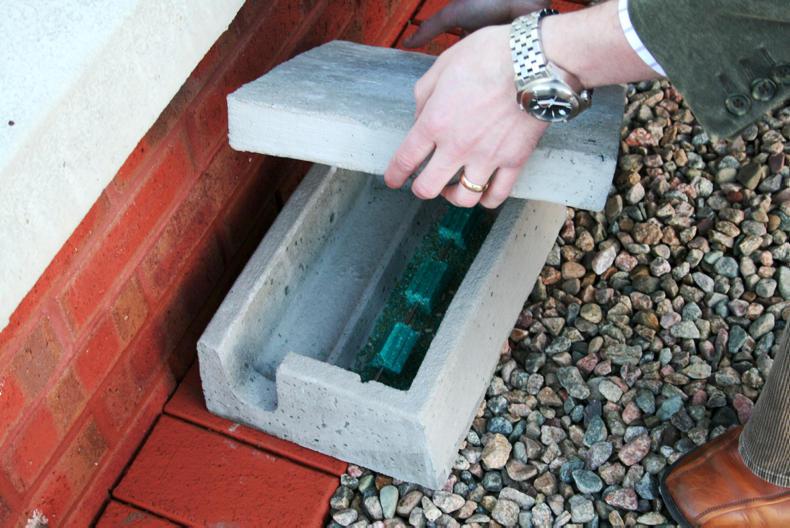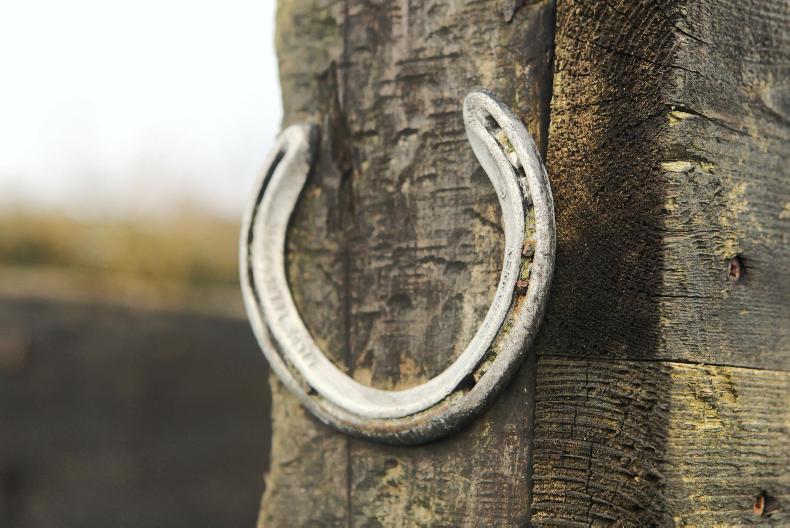WHEN the weather turns mild, it’s time to tackle the feed room.
Most people won’t have rodent problems during the spring and summer. The weather is mild and food is plentiful so they tend to migrate back outdoors, making early spring the ideal time to put measures in place to prevent a winter infestation.
Keeping feed areas as clean as possible is an important strategy in controlling rodent numbers. The last thing you want to do is provide them with food, as well as shelter. Clean up every scrap of feed from the floor, tidy and clean feed utensils. Remember less clutter means less places to hide.
Rodents will chew through feed bags in the blink of an eye. Keep grain and other feeds in rodent-proof containers, such as drums or metal bins with snug-fitting lids. Rubbish bags should also be put in metal bins with securely fitted lids to stop them feeding from contents.
RODENT-PROOFING
It would be great if we could make every building rodent-proof, but this may prove too difficult. Try, where possible, to keep hay away from stables and feed rooms, as the seeds can provide a good source of food for rodents.
Remember, if you can get a pencil through a gap, there’s every chance a mouse can get through, too. Once your feed room has been cleaned, checkto see what options you have for rodent-proofing the room.
KEY FACTS


 This is a subscriber-only article
This is a subscriber-only article
 It looks like you're browsing in private mode
It looks like you're browsing in private mode











SHARING OPTIONS: